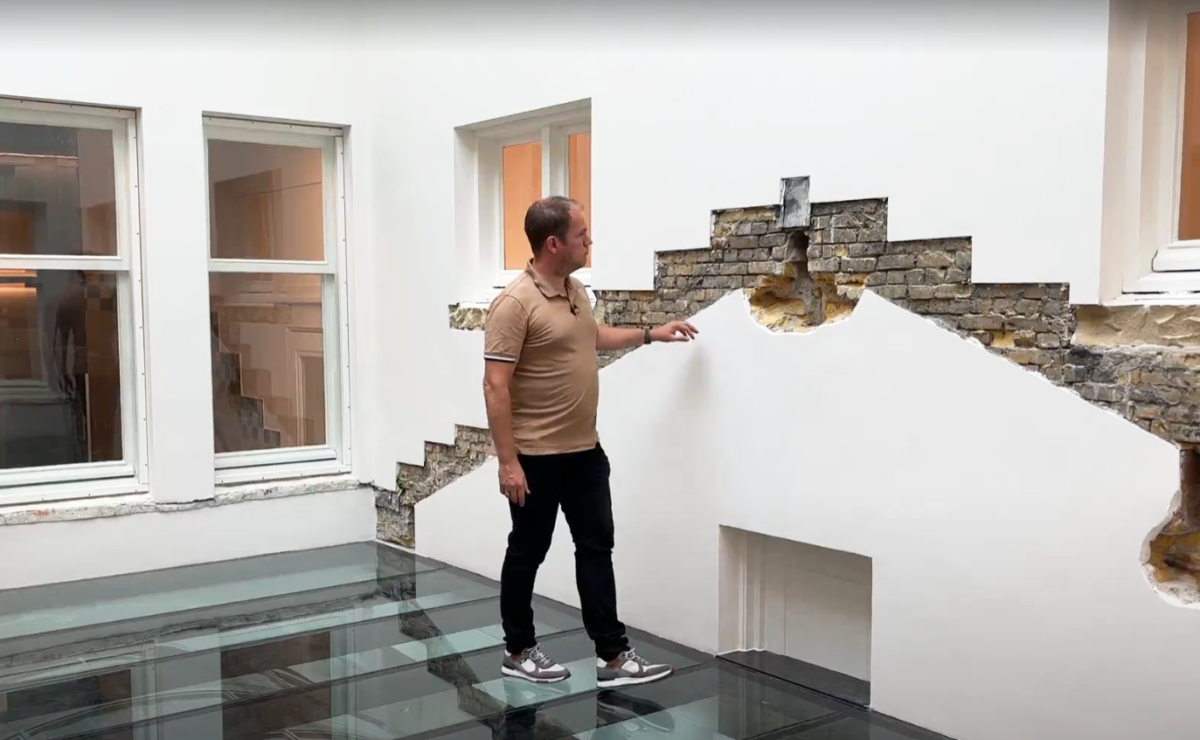
Blog: Why heritage sustainability is more than an energy label
7 September 2022
By Marius Voets:
Honor of your work. Do you know that feeling? Sometimes it comes from unexpected quarters. Our restoration project for the Rotterdam Elevator House has been nominated for the OMD sustainability award from the Cultural Heritage Agency and the National Restoration Fund. This honor is due to our efforts to make this national monument more sustainable. The building went from energy label G to A and yet for me, that upgrade is only a fraction of the real task.
Roll up your sleeves
Of course, energy efficient buildings are very urgent. I immediately agree. It has been five to twelve for far too long. We all need to make a strong dash for the climate goals. And you won’t get an energy-neutral future for buildings from government regulations alone. That much is clear. Besides vision, what is needed above all is a “roll up your sleeves” mentality.
Future-proof
For me, the sustainability award is a tribute to that decisiveness and of course the drive of our client Gijs van Lookeren Campagne. The project shows how much can be done to make heritage more sustainable. We pulled out all the stops with the latest sustainable solutions and techniques without making any concessions to the historic appearance. In the project we immediately found each other in that mentality and achieved even more than the government requires.
Stewardship
For me, that is also modern stewardship. I like to be inspired by the generations that once built our national monuments and made them future-proof. In our zeitgeist, this requires more than a government mandating energy labels with double glazing, insulation or solar panels. Sustainability and stewardship must above all come from below in society.
Social value heritage
It is great that corporate companies and entrepreneurs are increasingly taking their ‘social responsibility’ in this. Take DSM, they are going to open a new headquarters in Maastricht for which we made the design. A combination of a national monument with new construction. How do you ensure that more monuments remain at the center of society in this way? You have to keep working on the ‘social value’ of heritage, for example with public functions.
Impact
The more you do that, the more likely people will feel involved in the preservation and future of such buildings. An example is our design for the current redevelopment of the almost fifty-year-old ABN AMRO office in Amsterdam-Zuidoost. We are adding new elements to the structuralist design of the time, such as public functions with spaces for neighborhood initiatives and culture. The question is to what extent you can go with heritage redevelopment.
Back to the roots
As far as I am concerned, the historical identity cannot be tampered with. The design principles of ‘yesteryear’ must be preserved. I am fortunate that our office is located in Rotterdam’s Van Nelle factory. Everyone knows this historic factory building. In the original design, light, air and space were the main principles. At the time, this resulted in a healthier working environment for factory workers and today, thanks to this design, the companies in the building still have an inspiring working environment. After more than 100 years, this historic site is still vibrant.
Historical identity
This, too, is sustainable building for the future of heritage. In sustainable redevelopment, the art is to bring to life the historical story behind the building. There are all kinds of ways to do this, including reusing old materials that interpret historical functions. New materials can also reinforce that historical identity. At a redevelopment on the site of the Koninklijke Leerfabriek in Oisterwijk, we did this by, among other things, applying walls with new leather elements.
Guts
All in all, for me sustainability means making historic buildings future-proof. We must continue to build integrally on the historical, social and future value of a monument. Especially now that many eyes are focused on the energy efficiency of buildings. In this diversity of tasks, this requires clear and joint choices. That requires courage. In that sense, the nomination for the Sustainability Award feels like an encouragement to continue doing so.
Marius Voets:
Coördinerend architect / associate partner